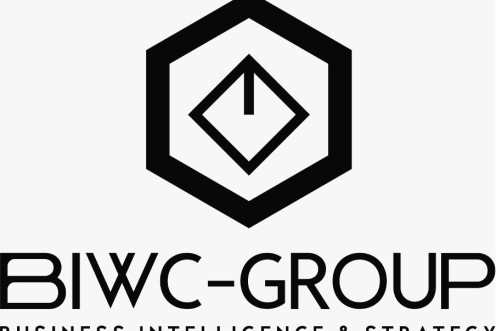Global air pollution is worsening, with the United States and Canada experiencing the sharpest increases due to record-breaking, climate-supercharged wildfires that are undoing decades of progress, a study said Thursday.
AI powerhouse Nvidia reported quarterly earnings Wednesday that beat expectations, but shares slipped amid concerns about an AI chip spending bubble and the company's stalled business in China.
Dr. Randolph describes MyWingman LLC as more than a consultancy, but a business accelerator.
When zombie-blasting survival game "Resident Evil" launched on the very first PlayStation console in 1996, Japanese publishers Capcom never thought the series would reach tens of millions of people or endure for three decades.
Videos of a countryside estate owned by Hungarian Prime Minister Viktor Orban's father have raked in hundreds of thousands of views online, with an anti-corruption campaigner sharing fresh footage Wednesday.
Denmark's prime minister on Wednesday presented a long-awaited apology to the victims of Denmark's forced contraception campaign in Greenland, lifting a key point of tension with its autonomous territory.
US President Donald Trump called Wednesday for billionaire George Soros and his son to face criminal charges over unfounded claims that the family, a favorite target of the right, is behind "violent protests" around the country.
Germany's factory and equipment makers' federation warned Wednesday the sector is facing an "existential crisis" after the United States broadened the reach of its metals tariffs.
The German cabinet on Wednesday signed off steps to boost recruitment for the country's armed forces and strengthen military readiness in the face of high tensions between NATO and Russia.
A Thai woman who received one of the kingdom's longest ever royal insult sentences was freed from prison on Wednesday under a mass pardon marking the king's birthday.
The leaders of France, Germany and Poland are due in Moldova on Wednesday in a show of support, a day before campaigning starts for next month's tense parliamentary election amid claims of Russian interference in the pro-EU nation bordering Ukraine.
Asian markets diverged Wednesday morning following broad losses the previous day, as attention turns from political pressure on the US central bank to a key earnings report by AI giant Nvidia.
The sweat-and-salsa-infused nightlife that was once the beating heart of Ecuador's largest city, Guayaquil, has fallen silent, with bars, restaurants, and nightclubs pulling down the shutters to avoid cartel-linked violence.
Venezuela on Tuesday deployed warships and drones to patrol the country's coastline after the United States dispatched three destroyers to the region to pressure strongman President Nicolas Maduro.
SpaceX on Tuesday was once again gearing up for the latest launch of its Starship megarocket after two successive postponements.
Lisa Cook, the first Black woman to serve on the powerful Federal Reserve Board of Governors, has become US President Donald Trump's latest target as he ramped up pressure on the central bank.
Liverpool and Arsenal have combined to spend nearly GBP550 million ($742 million) in a transfer arms race, yet the future of Newcastle forward Alexander Isak still hangs over Sunday's showdown between the Premier League title rivals.
The United States wants to secure its supply of strategic minerals in conflict-torn Democratic Republic of Congo, hoping to challenge China's near-monopoly on the lucrative sector.







































